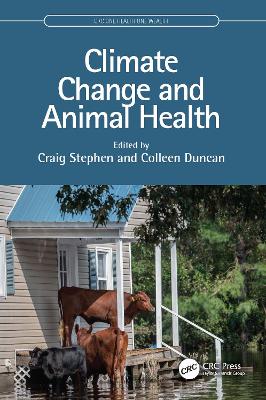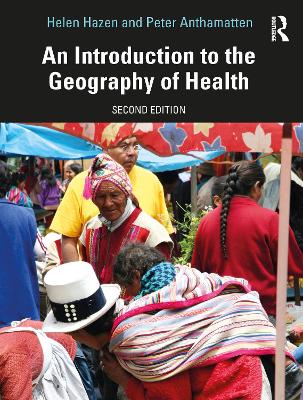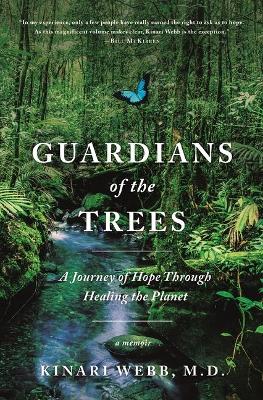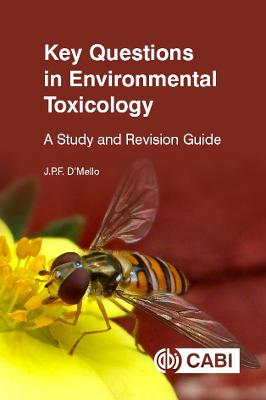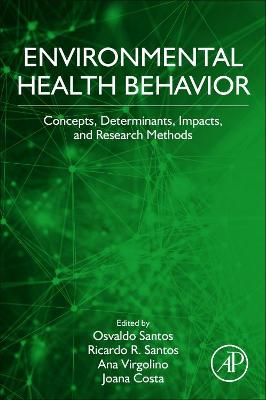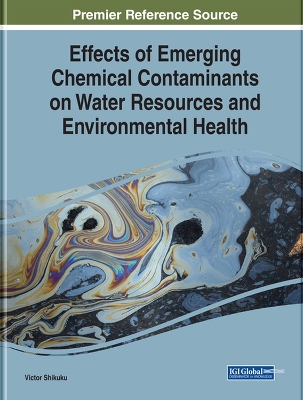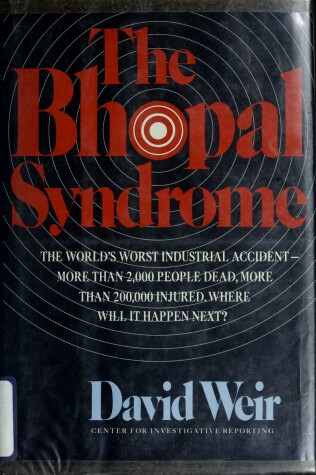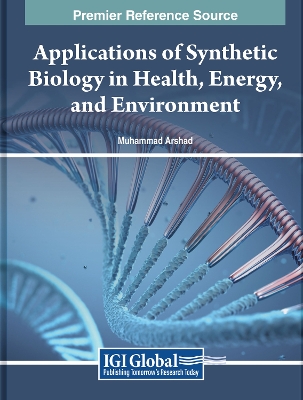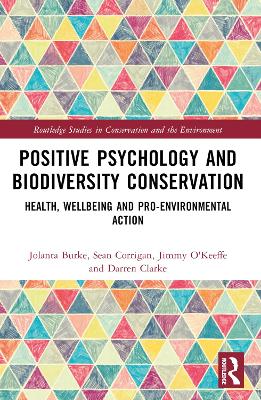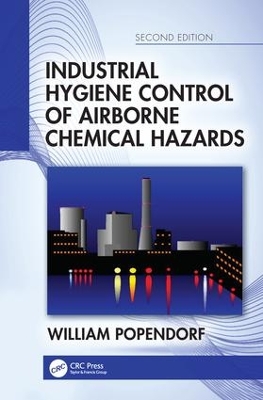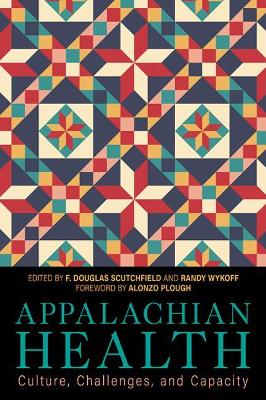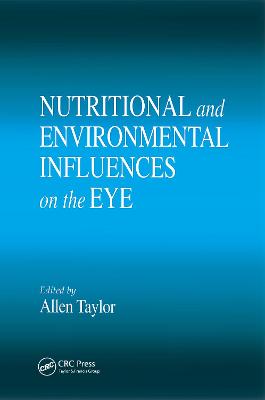Climate Change and Animal Health (CRC One Health One Welfare)
This benchmark publication assembles information on the current and anticipated effects of climate change on animal health. It empowers educators, managers, practitioners, and researchers by providing evidence, experience, and opinions on what we need to do to prepare for, and cope with, the largest threat ever to have faced animals on this planet. With expert contributors from across the globe, the text equips the reader with information and means to develop sustainable adaptation or mitigation...
An Introduction to the Geography of Health
by Helen Hazen and Peter Anthamatten
In the second edition of An Introduction to the Geography of Health, Helen Hazen and Peter Anthamatten explore the ways in which geographic ideas and approaches can inform our understanding of health. The book’s focus on a broad range of physical and social factors that drive health in places and spaces offers students and scholars an important holistic perspective on the study of health in the modern era. In this edition, the authors have restructured the book to emphasize the theoretical sign...
RHS Your Wellbeing Garden
by Professor Alistair Griffiths, Matthew Keightley, Annie Gatti, and Zia Allaway
Your garden could be even better for you.Discover...How certain plants can form a barrier against air and noise pollutionWhich birdsong alleviates anxietyHow plants can help to save energyWhy green is so good for usLearn how connecting with nature can reduce stress and improve wellbeing. You don't even need a garden - even a balcony or houseplants can help to boost your mood. Every recommendation is backed by scientific research, drawn together by the team of RHS scientists and experts. Favourit...
Key Questions in Environmental Toxicology is designed as a self-study tool for undergraduate students. Questions review the origin, characterization and environmental distribution of major pollutants, followed by their absorption and metabolic disposition in living organisms. They address implications for the development of cancer, cardiovascular disease, pulmonary dysfunction and neurological conditions in relation to gaseous pollutants, particulates, persistent organic compounds and radioactiv...
Environmental Health Behavior
Environmental Health Behavior: Concepts, Determinants, Impacts, and Research Methods integrates two intertwined fields, environmental health sciences and human behavior, to identify and systematize what is known about human behaviors and habits. Divided into six parts, the book takes the readers through the conceptual framework for Environmental Health Behavior (EHB) (Part 1), How EHB concept targets behaviors that affect human health and health/sustainability of natural environments (Part 2), T...
A major issue that has remained prevalent in today's modern world has been the presence of chemicals within water sources that the public uses for drinking. The associated health risks that accompany these contaminants are unknown but have sparked serious concern and emotive arguments among the global community. Empirical research is a necessity to further understand these contaminants and the effects they have on the environment. Effects of Emerging Chemical Contaminants on Water Resources and...
Diclofenac is the generic title for a prescription medication that is available under a range of names, including Voltaren, Pennsaid, Solaraze, Zipsor, Cataflam, and Zorvolex. Diclofenac is generally taken to ease pain, swelling, or inflammation brought on by injuries and ailments like osteoarthritis, rheumatoid arthritis, painful menstruation intervals, migraines, and ankylosing splondylitis. Diclofenac belongs to some group of medications called non-steroidal anti-inflammatory medications (NSA...
Positive Psychology and Biodiversity Conservation (Routledge Studies in Conservation and the Environment)
by Jolanta Burke, Sean Corrigan, Jimmy O'Keeffe, and Darren Clarke
This book reveals how pro-environmental actions can boost individuals’ and communities’ psychological, social and emotional wellbeing, as well as resulting in positive environmental changes. Pro-environmental actions are often viewed as being motivated by anxiety, shame or anger. However, emerging research indicates that they can also become a source of positive affect, life meaning, engagement and other wellbeing outcomes. This book turns the current research and practice of pro-environmental...
Industrial Hygiene Control of Airborne Chemical Hazards, Second Edition
by William Popendorf
Are you a practicing occupational hygienist wondering how to find a substitute organic solvent that is safer to use than the hazardous one your company is using? Chapter 6 is your resource. Are you a new hygienist looking for an alternative technology as a nonventilation substitute for an existing hazard? Chapter 8 is your resource. Are you looking for an overview of ventilation? Chapters 10 and 11 are your resource? Are you an industrial hygiene student wanting to learn about local exhaust vent...
Architecture and Health
Architecture and Health recognizes the built environment and health as inextricable encouraging a new mind-set for the profession. Over 40 international award-winning projects are included to explore innovative design principles linked to health outcomes. The book is organized into three interdependent health domains-individual, community, and global-in which each case study proposes context-specific architectural responses. Case studies include children's hospitals, rehabilitation facilities, e...
We have never been more aware of the air we breathe. Air is intimate, yet it connects us all: every outbreath will go around the world in a fortnight. And air is alive, ever shifting, an invisible world full of mystery. From the classical theory of elements to fossilised bacteria on Orkney, by way of airborne microplastics and South London buses, Daisy Lafarge takes us on a journey to reimagine our relationship with the natural world through the air we breathe. Rather than something we passive...
Appalachian Health (Understanding and Improving Health for Minority and Disadvantaged Populations)
Although health outcomes and other measures of well-being in the United States have vastly improved over recent decades, gains in Appalachia have been more modest than in other parts of the country. The common refrain is that this 'lagging behind' is a result of Appalachia's persistent poverty and bleak labour-market outlook; yet economic explanations reveal an incomplete picture. Appalachian Health explores major challenges and opportunities for promoting the health and well-being of the peop...
Risky Relations
by Katie Featherstone, Paul Atkinson, Aditya Bharadwaj, and Angus Clarke
Increasingly more conditions are now being identified as having a genetic component, and controversial new genetic technologies potentially have major consequences for social relations and self-identity. How do family members respond to the information that they have a genetically transmitted disease or condition? How do they communicate (or not communicate) about their shared heritage? How do they decide who to tell and who not to tell within their family? Richly illustrated with the real exper...
Nutritional and Environmental Influences on the Eye (Modern Nutrition)
Significant advancements in nutrition's impact on the eye have occurred faster than any volume can document... until now. This book gives the background and rationale regarding the physiological damage caused by biological oxidants as well as the rationale for the protective roles for nutrient-antioxidants and how they affect the risk for cataracts. This volume also contains information on how to quantitatively assess age-related diseases of the eye including cataracts and age-related maculopat...
Foundations of Physical Activity and Public Health
by Harold W. Kohl, Tinker D. Murray, and Deborah Salvo
In this account, Rodney Barker tells the full and terrifying story of a microorganism popping up along the Eastern seaboard - far closer to home than the Ebola virus and equally frightening. In the coastal waters of North Carolina - and now extending as far north as the Chesapeake Bay area - a mysterious and deadly aquatic organism named Pfiesteria piscicida threatens to unleash an environmental nightmare and human tragedy of catastrophic proportions. At the very center of this narrative is the...

